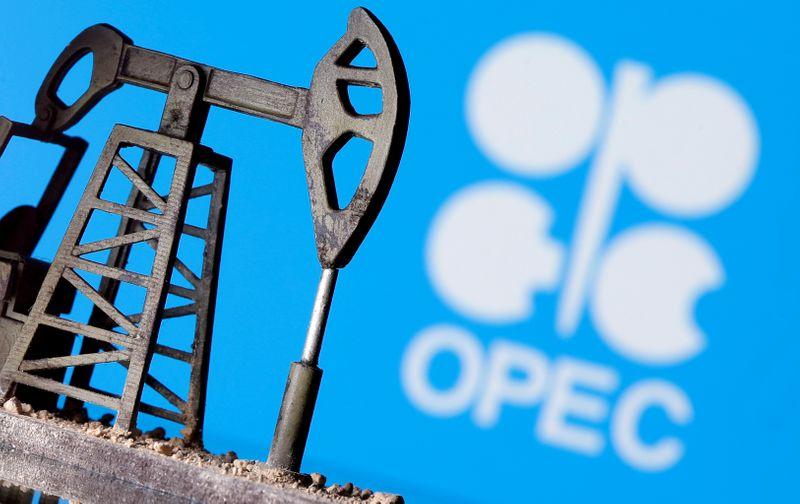OPEC+ agreed on Thursday to gradually ease its oil output cuts from May, after the new U.S. administration called on Saudi Arabia to keep energy affordable, mirroring Donald Trump’s practice of calling OPEC’s leader over oil policy.
The group, which has implemented deep cuts since a pandemic-induced oil price collapse in 2020, agreed to ease production curbs by 350,000 barrels per day (bpd) in May, another 350,000 bpd in June and further 400,000 bpd or so in July.
Iran’s oil minister, Bijan Zanganeh, confirmed the group would have boosted output by a total of 1.1 million bpd by July.
Under Thursday’s deal, cuts implemented by the Organization of the Petroleum Exporting Countries, Russia and their allies, a group known as OPEC+, would be just above 6.5 million bpd from May, compared with slightly below 7 million bpd in April.
“What we did today is, I think, a very conservative measure,” Saudi Energy Minister Prince Abdulaziz Bin Salman told a news conference after the OPEC+ meeting, adding that output levels could still be adjusted at the next meeting on April 28.
He said Thursday’s decision had not been influenced by any talks with U.S. officials or any other consuming nations.
The Saudi minister also said the kingdom would gradually phase out its additional voluntary cut that have been running at 1 million bpd, by adding 250,000 bpd to production in May, another 350,000 bpd in June and then 400,000 bpd in July.
CHANGING MOOD
Brent crude was trading around $64 a barrel, more than 20% up on the start of the year and not far from this year’s high of around $71.
“We reaffirmed the importance of international cooperation to ensure affordable and reliable sources of energy for consumers,” Jennifer Granholm, the new energy secretary appointed by U.S. President Joe Biden, said on Twitter after her call with the Saudi energy minister.
News of the call coincided with signs of a changing mood in informal discussions between OPEC+ members. A few days before Thursday’s talks, delegates had said the group would likely keep most existing cuts in place, given uncertainty about the demand outlook amid a new wave of coronavirus lockdowns.
But in the 24 hours before the meeting started, sources said discussions had shifted to the possibility of output increases.
In the past, Trump had used his influence to force Saudi Arabia to adjust policy. When prices spiked, he insisted OPEC raise production. When oil prices collapsed last year, hurting U.S. shale producers, he called on the group to cut output.
Until this week, Biden’s administration had refrained from such an approach, keep a distance from Riyadh and imposing sanctions on some Saudi citizens over the 2018 murder of Jamal Khashoggi.
Even when OPEC+ decided on March 4 to keep steady output, triggering a price rise, the White House had made no direct comment.
Source: Reuters (Reporting by Alex Lawler and Ahmad Ghaddar in London, Rania El Gamal in Dubai, Olesya Astakhova and Vladimir Soldatkin in Moscow; Writing by Dmitry Zhdannikov; Editing by Edmund Blair)



